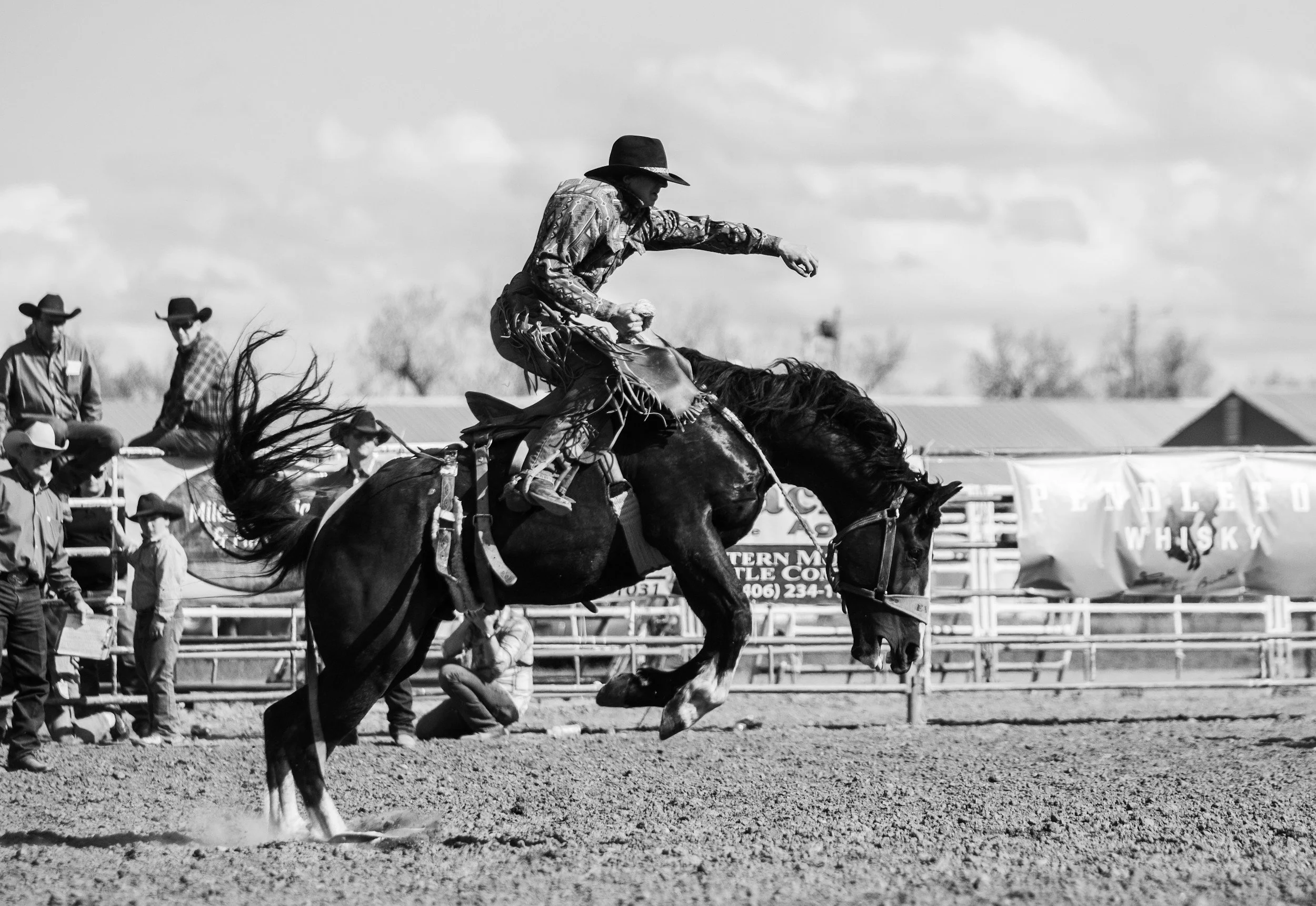Living the Cowboy Lifestyle in Utah Today
Ranch culture, horse property tips, and rural traditions in the Uintah Basin
While the Old West may seem like a chapter from history books, the cowboy lifestyle is still alive and well in Utah—especially in rural areas like Duchesne, Fruitland, Tabiona, and the wider Uintah Basin. From daily chores on horseback to weekend rodeos and generational cattle operations, the modern cowboy blends tradition with today’s tools to keep a rugged way of life going strong.
The Culture of Cowboys in Utah
Utah’s cowboy roots date back to the 1800s when settlers and cattlemen carved out homesteads in the high desert and mountain valleys. Today, many local families continue that tradition—raising livestock, riding trails, and managing land just as their ancestors did.
In towns like Altamont, Myton, and Neola, it’s not unusual to see neighbors ride into town on horseback, attend brandings, or rope competitively. The values of self-reliance, stewardship, and toughness still shape daily life across the Basin.
Horse Property Tips for New Landowners
Thinking of starting your own slice of ranch life? Here are a few key tips if you’re buying land in Utah to keep horses or livestock:
Check Zoning First: Most parcels in Duchesne and Fruitland fall under A5 zoning, which allows for agricultural use, including livestock and equine activities.
Fencing is a Must: Make sure you install sturdy perimeter fencing—barbed wire or pipe fencing are common—and always check if there are open range laws in your area.
Water Access is Critical: Hauling water is doable, but many horse owners prefer land with an existing well or nearby haul station. You’ll also need troughs or tanks for daily watering.
Shelter and Shade: While horses can handle cold, wind and sun exposure are serious in Utah’s high desert. Simple lean-tos or pole barns can make a big difference.
Local Feed Supply: The Basin has co-ops and feed stores in Duchesne, Roosevelt, and Vernal where you can pick up hay, tack, and mineral supplements.
Local Rodeos and Events to Attend
The cowboy lifestyle isn’t all work. Community rodeos, fairs, and livestock shows offer a chance to compete, show off skills, and have fun. Some events that keep the spirit alive include:
Duchesne County Fair & Rodeo (August)
Altamont Longhorn Days (July)
Tabiona Rodeo (July 4th Weekend)
Uintah Basin Jr. Livestock Shows (Spring/Fall)
These events aren’t just entertainment—they’re part of a way of life passed down for generations. Riders, ranchers, and young 4-H members gather to share stories, sell stock, and support one another.
Off-Grid Living Meets Cowboy Tradition
One unique thing about cowboy life in Utah today is how off-grid living often goes hand-in-hand. Many ranchers and rural homeowners live with solar panels, haul water, and use satellite internet. It’s not just about tradition—it’s also about independence and land stewardship.
Owning land in places like Buck Horn Mesa or Fruitland Farms means you can keep horses, build your own corral, and live at your pace—without HOA rules or city noise.
Buy your Utah Ranch
Whether you're looking to raise cattle, keep a couple of horses, or simply embrace a quieter, rural life, living like a cowboy in Utah offers freedom with deep cultural roots. It’s a way of life where land matters, neighbors help each other out, and days begin with purpose.
Ready to live the cowboy lifestyle?
Explore 5 to 10-acre horse-friendly properties in Duchesne, Tabiona, and Fruitland »



